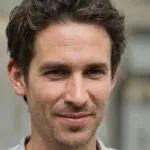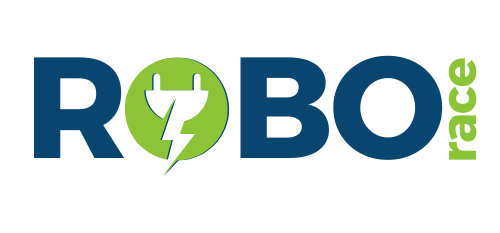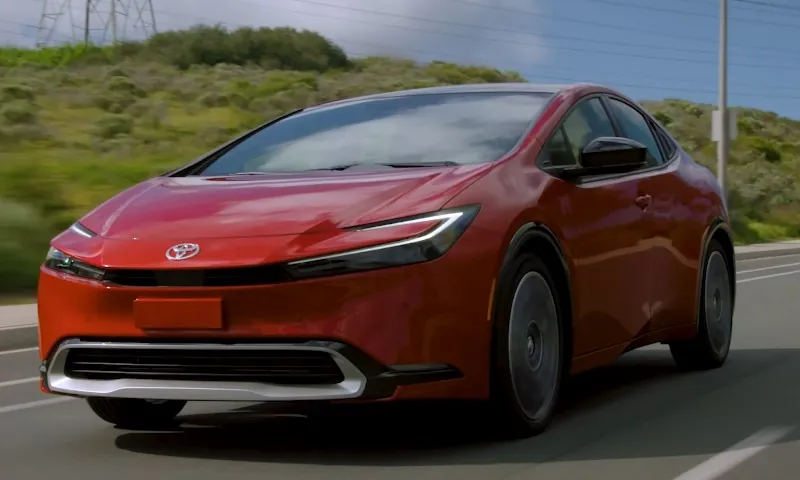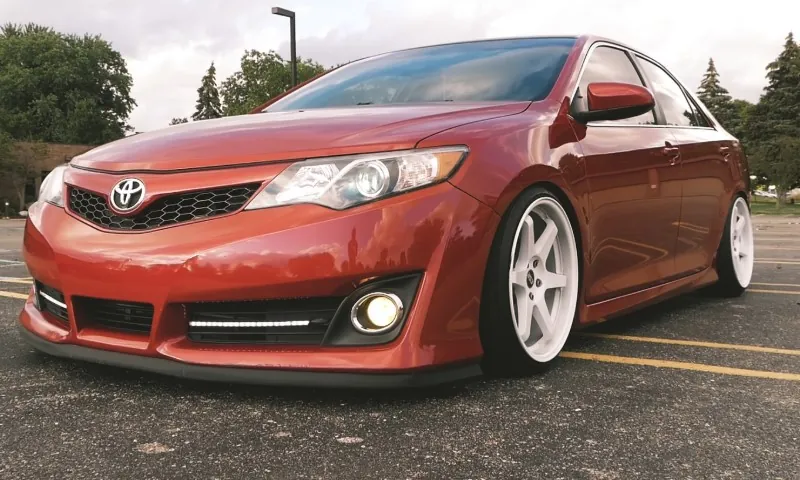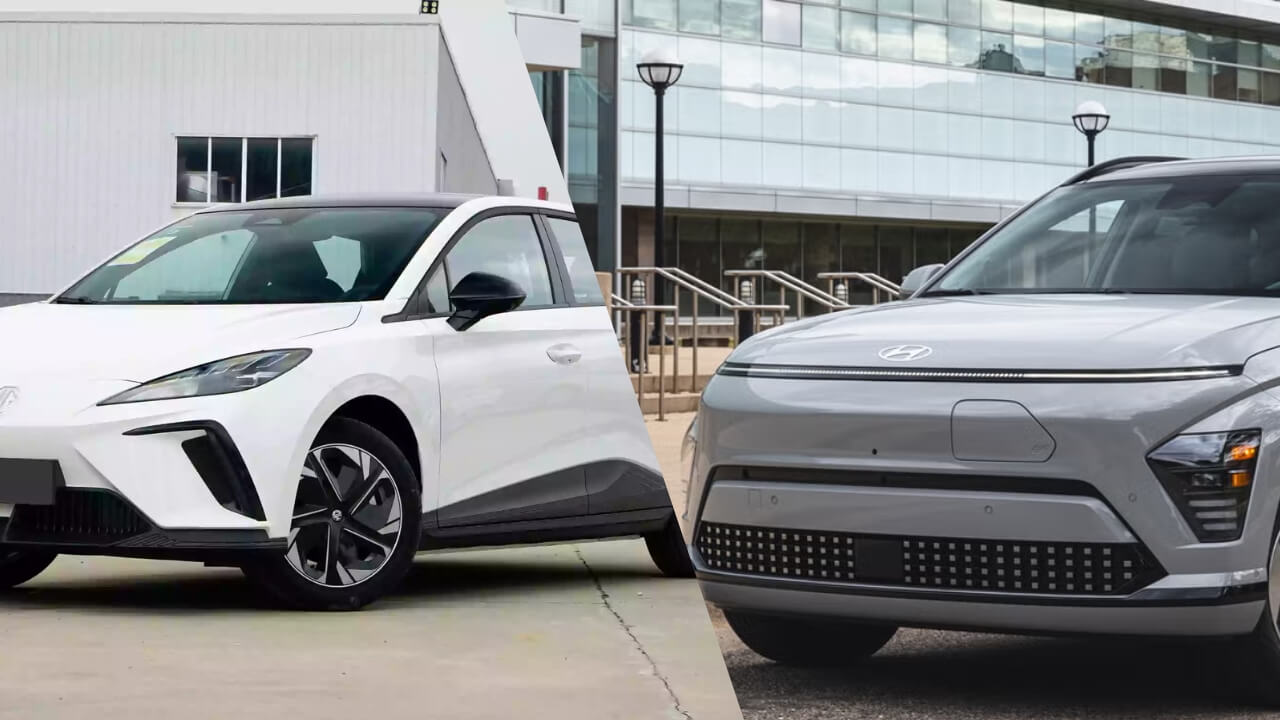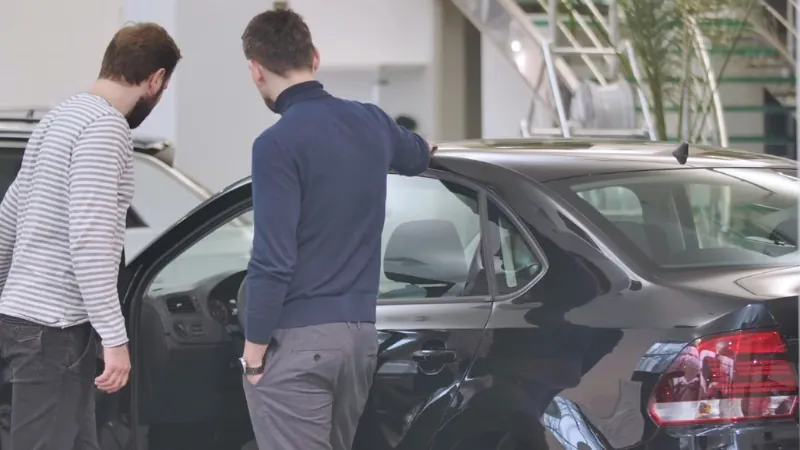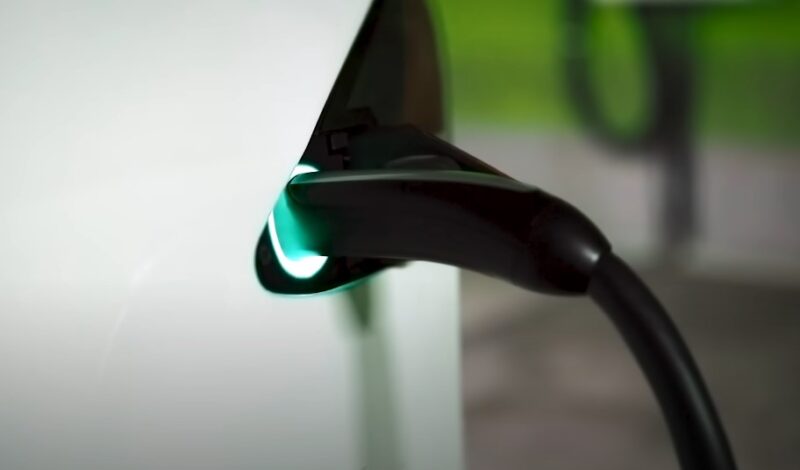
Share Post:
Charging an EV should be simple: plug in, power up, and hit the road. But if you’ve ever stared at the charger screen wondering why your battery’s crawling instead of zipping toward full, you’re not alone.
Slow EV charging is one of the most common annoyances for electric vehicle owners, whether they’re plugging in at home, at work, or on the go.
It’s not always one clear cause. Sometimes it’s the car. Sometimes it’s the charger. Sometimes it’s the weather, or even something as mundane as a worn-out cable.
The good news? In most cases, there’s a fix. And when there’s not, there’s at least a clear sign it’s time to replace something.
Let’s break down what really affects charging speed, how to fix it, and how to tell when something’s past its prime.
Table of Contents
ToggleA Quick Look At What’s Slowing Your Charge
| Cause | What’s Happening | Impact |
| Battery Degradation | Battery can’t accept charge as fast as it used to | Slower, especially on fast chargers |
| High State of Charge | Charging slows above 80% to preserve battery health | Very slow from 80–100% |
| Charger Limitations | Charger isn’t powerful enough or is sharing output | Longer wait times |
| Extreme Temperatures | BMS limits charging speed to protect battery | Up to 30% slower |
| Software Issues | Communication hiccups between car and charger | Interrupted or slow charging |
| Faulty Equipment | Worn or damaged parts restrict current flow | Inconsistent or trickle charging |
| Energy Diversion | Car systems use power while charging | 10–15% slower |
Why EV Charging Slows Down
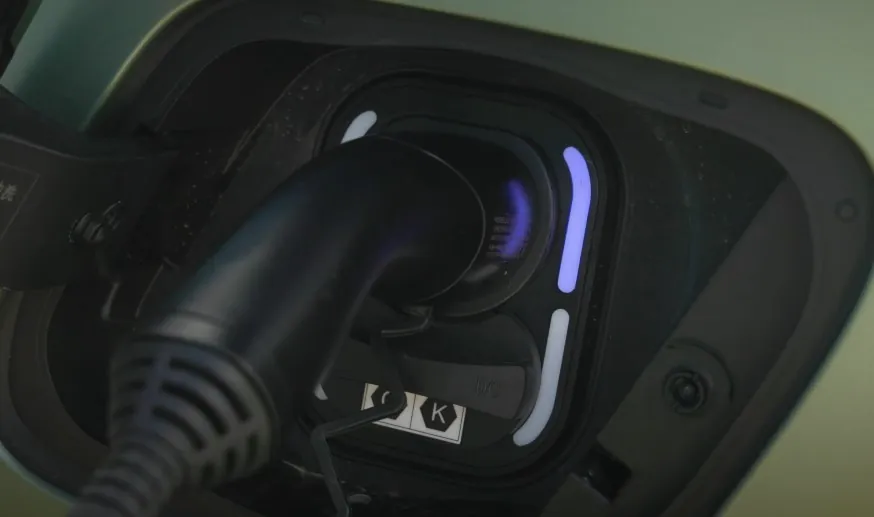
There are a handful of major factors that can tank your charging speed. Here’s what to look for—and what each means in real-world terms.
Battery Degradation
EV batteries wear out slowly over time. That’s just part of how lithium-ion chemistry works. After years of charging and discharging, they don’t accept electricity as quickly as they once did.
Real example: A Tesla Model 3 that once went from 0% to 80% in about 30 minutes on a DC fast charger might need 45 minutes or more after a few years on the road.
You’re still getting range. Just… not as fast.
High State of Charge (SOC)
Batteries charge much faster when they’re nearly empty. As they approach full, they slow down on purpose to protect the cells from heat and wear.
Pro tip: The sweet spot for charging speed is usually from 10% to 60%. Once you cross 80%, the pace drops off hard.
It’s like pouring coffee into a cup—you can go fast at first, but slow down when you’re near the top to avoid spilling.
Charger Limitations
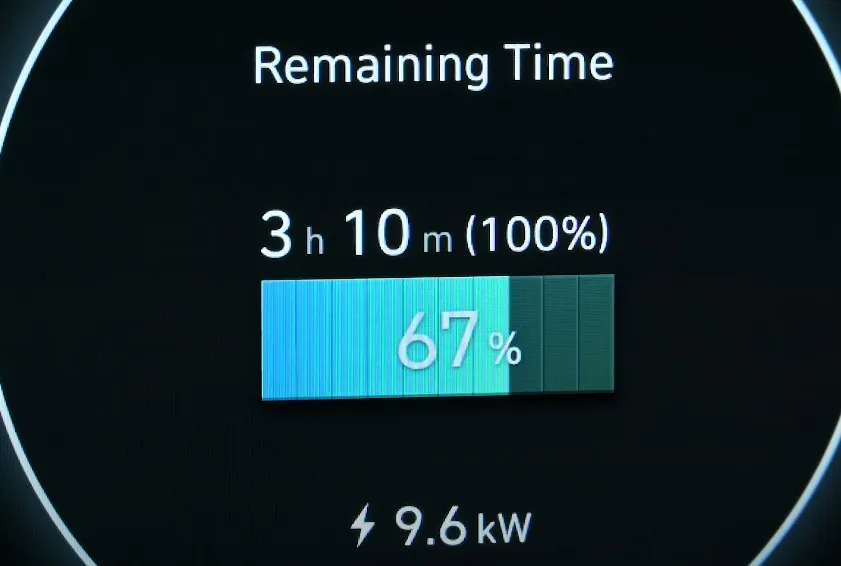
Not all chargers are created equal. Some stations top out at 7 kW (typical home Level 2 setup), while others blast out 150 kW or more (DC fast chargers). And if a charger is shared across multiple cars, everyone gets a smaller slice of the pie.
Example: If your EV can handle 125 kW but you’re plugged into a 50 kW charger—or worse, one that’s split across three vehicles—you’ll be waiting longer.
Extreme Temperatures
Batteries have a preferred climate: around 68°F (20°C). In deep cold or summer heat, the vehicle’s battery management system slows charging to keep everything safe. Some energy might even go toward warming or cooling the battery instead of charging it.
Example: In winter, it’s common to see charging speeds drop by 20–30%. Preconditioning helps, but more on that later.
Software or Communication Glitches
Sometimes, the car and the charger just don’t talk well. Whether it’s due to outdated firmware, mismatched protocols, or a weak network connection at a public station, this can lead to frustratingly slow (or failed) sessions.
Case in point: Some newer EVs have trouble with older third-party stations. A bad handshake between software systems can bottleneck your charge rate.
Damaged or Worn Equipment
A frayed cable, bent pin, or loose connection can reduce the amount of power getting to your car. This is more common at public chargers, where gear gets heavy use.
Energy Diversion While Charging
Using your car’s features while charging—like blasting the heater in winter or streaming movies in the cabin—diverts power from the battery. It’s not huge, but it adds up.
Rough number: Running climate control can slow charging by 10–15%, especially if you’re trying to warm up a cold cabin and battery.
Practical Fixes to Speed Things Up
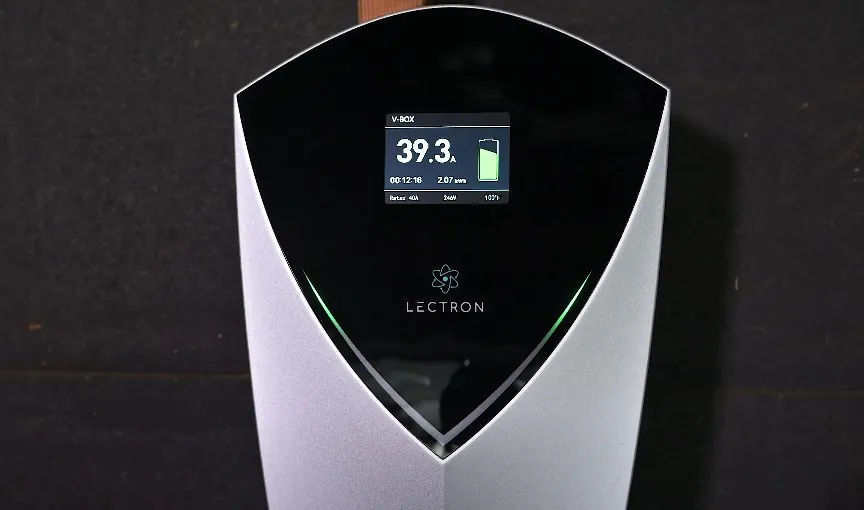
You don’t have to live with slow charging. In many cases, a few small tweaks can shave serious time off your charging sessions.
1. Baby the Battery
Avoid running your battery all the way down—or charging it all the way to 100% unless you need every mile.
Why it helps: Sticking between 20% and 80% helps preserve long-term health and charging speed.
How to do it: Most EVs let you set a charge cap in the app or settings menu. Set it to 80% for daily use.
2. Time Your Charges Strategically
Charging is fastest in the 10%–60% range. If you’re on a trip, stop more often and top off to 80% rather than trying to hit 100% each time.
Quick example: On a road trip, two 20-minute stops to go from 10% to 70% might get you further faster than one long 60-minute wait to go from 10% to 100%.
3. Choose Faster Chargers
Apps like PlugShare or A Better Routeplanner can help you find DC fast chargers that match your EV’s capabilities. Some older chargers only deliver 50 kW, but newer ones can hit 150–350 kW.
Tip: Always check the power rating and user reviews before pulling in.
4. Prep for Weather
Use your vehicle’s preconditioning feature to warm (or cool) the battery before plugging in. This makes a big difference in winter.
How to do it: Start preconditioning from the app while the car is still plugged in at home. It draws from the grid instead of the battery.
Bonus: Pre-warmed batteries charge faster and give you better range.
5. Limit In-Car Energy Use
Keep things simple while charging. Skip the AC, turn off the heated seats, and try not to stream a movie marathon on the dash screen.
Alternatives: Use a portable fan, open the windows, or wait inside a nearby building while the car charges.
6. Stay Up to Date
Software updates often improve charging performance, fix bugs, and improve communication with public chargers.
Real-world example: Tesla regularly pushes OTA (over-the-air) updates that refine Supercharging behavior. Other brands like Rivian, Ford, and Hyundai are catching up fast.
7. Maintain Your Equipment
For home charging setups, do a quick visual inspection now and then. If you notice fraying, overheating, or sparking, it’s time to call a pro.
Annual check-up: Some EV owners schedule a yearly inspection just like you would for an HVAC unit. It’s worth it for peace of mind.
For shop owners, it’s useful to implement repair shop management software with built-in inspection tools that can streamline these maintenance check-ups. These systems can detect potential issues early and track vehicle repair history.
When It’s Time to Replace Something

If you’ve tried everything and your EV is still charging at a snail’s pace, there might be something deeper going on. Here’s how to tell when it’s more than a temporary glitch.
You’re Consistently Charging Way Slower Than Before
If your charging time has doubled and hasn’t improved despite trying different chargers, the battery might be losing too much capacity.
Example: If a vehicle that once charged in 30 minutes now takes over an hour every time, get the battery checked for health. Below 70% capacity? A replacement might be on the horizon.
You See Visible Damage
Cables that are frayed, melted, or bent? Connectors that don’t seat properly? That’s not something you can just ignore.
Action step: Replace the affected part. For home chargers, go through the manufacturer. For public chargers, report it through the station’s app or customer hotline.
Frequent Error Messages

If you’re regularly seeing errors like “charging fault,” “battery error,” or “charging interrupted,” something’s wrong with the system—possibly with the battery or onboard charger.
Pro tip: Keep screenshots or logs. Service centers can use that info to diagnose recurring problems faster.
Your Car Won’t Charge Anywhere
Tried multiple stations, multiple chargers, different times of day—and still nothing?
That’s a red flag. Either the charging port, the onboard charger, or the battery itself could be failing.
Next step: Contact your automaker’s service team. They’ll usually run a diagnostic check and may test components individually.
Your Charger Is Outdated
Charging infrastructure is evolving fast. Some older public stations simply aren’t up to par with newer EVs or standards like NACS (North American Charging Standard).
Helpful hint: If you frequently run into slow or incompatible public chargers, switching to networks adopting NACS or CCS with modern 150+ kW chargers can save time and frustration.
Industry Stats and What’s Changing
Slow charging isn’t just your problem—it’s a national challenge.
- Inside EVs report showed that 18% of public charging attempts failed. That’s nearly 1 in 5.
- Harvard data put public charger reliability in the U.S. at 78%, meaning 1 in 5 chargers might not work right at any given time.
Efforts to fix that are already in motion:
- The ChargeX consortium is testing compatibility between cars and chargers to reduce handshake failures.
- Ionna, a joint venture of major automakers, is rolling out 30,000 fast chargers by 2030, all designed for high uptime.
- The Infrastructure Investment and Jobs Act sets aside $7.5 billion to install 500,000 public chargers, many of them fast-charging, with stations every 50 miles along highways.
Help is coming, but until then, smart habits can make a huge difference.
Wrapping Up
Charging an EV doesn’t have to be a guessing game. When speeds slow down, it’s usually for a reason—whether that’s your battery’s age, the charger’s power, the temperature outside, or a glitch in the system. Most of those issues can be tackled with a little maintenance, a few good habits, and the right gear.
And when things don’t improve, it’s okay to call in the pros or consider a replacement. EVs are machines—high-tech, efficient, and evolving quickly. The better you treat yours, the better it’ll treat you back on the road.
Just don’t forget to unplug before you take off.
Related Posts:
- Signs Your Car Battery Is About to Fail (And What to…
- White Smoke Coming from Your Car's Exhaust? Causes…
- Coolant Leak from the Bottom of the Car - Causes and…
- Car Clicking But Won’t Start? Common Causes and How…
- Why Does My Car Smell Like Gas? Common Causes and Solutions
- Why Does My Car Squeak When Turning? Common Causes…
